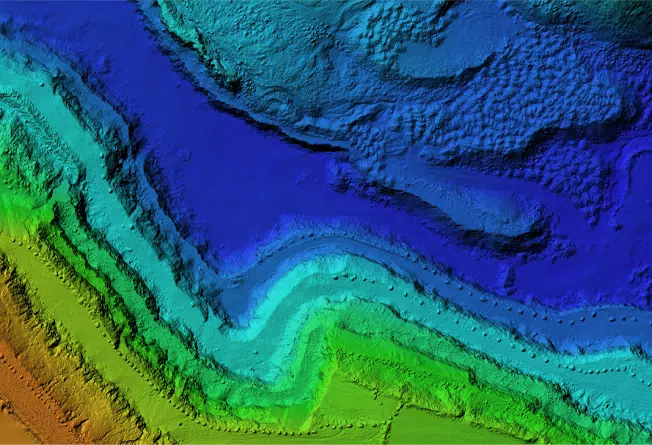
To understand how a reservoir is being drained, you need to look at the rocks - and can towed streamer seismic, recording only P waves, help?
by David Bamford
New reservoir engineering observations lead to the conclusion that time-lapse geophysics – indeed any observations of any reservoirs over time – must be based on the understanding of the physics of fluid-filled, parallel, compliant, fractures/micro-cracks, dilating or compacting as the reservoir is produced.
Why do I say this?
When a reservoir, any reservoir, is put under production, fluid compositions change, for example oil may be partially replaced by water or gas, gas may be expelled from oil, and so on.
However, what is also well-documented and of significance is the fact that fluid pressures drop, changing the internal stresses on the reservoir rock.
Tempting as it may be, however, it is not possible to understand the (time-varying) geophysics of reservoir rocks by theorising an isotropic pore space (uniform in all directions) responding to fluid changes and changing ‘internal stress’.
Several studies have shown that the hydraulic conductivities of faults and fractures in reservoirs can be influenced by geomechanical perturbations due to production operations.
It is reasonable to anticipate that such dynamic permeabilities will be manifest as changes in flow-rates at production and injection wells….
These reservoir engineering observations lead to the conclusion that time-lapse geophysics (observations of any reservoirs over time) must be based on the understanding of the physics of fluid-filled, parallel, compliant, fractures/micro-cracks, dilating or compacting as the reservoir is produced.

This physics has been documented over many years by Crampin, based on understanding and observing the effects of closely-spaced stress-aligned fluid-saturated microcracks on seismic shear-wave splitting (SWS) in the crust and upper mantle.
Critically, seismic observations of P-wave propagation and P-waves are relatively insensitive to fluid-saturated microcracks, whereas SWS is wholly determined by parallel microcracks and can be measured with first-order accuracy.
Thus SWS is a second-order quantity (small changes in shear-wave velocities) that can be read with first-order accuracy- thus there is tremendous resolution.
Consequently, there are significant implications for geophysical, especially seismic, monitoring of reservoir dynamics.
First of all, we can say that conventional 4D seismics, towed streamer surveys for example, only discern changes in P-wave reflectivity and thus offer at best an incomplete view of reservoir dynamics, one that is unquantifiable, allowing only empirical comparisons.
Secondly, a complete, quantifiable, view of reservoir dynamics requires 3C seismic acquisition (and strengthens the case for permanent installations).”




Designed with ❤️️ by Blue Light Labs Inc.